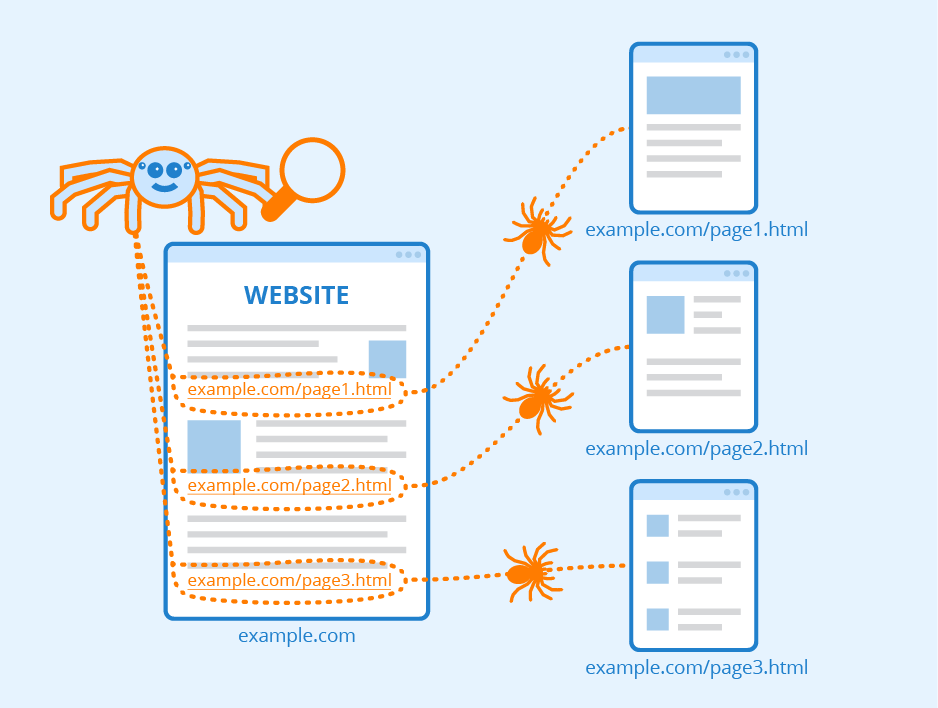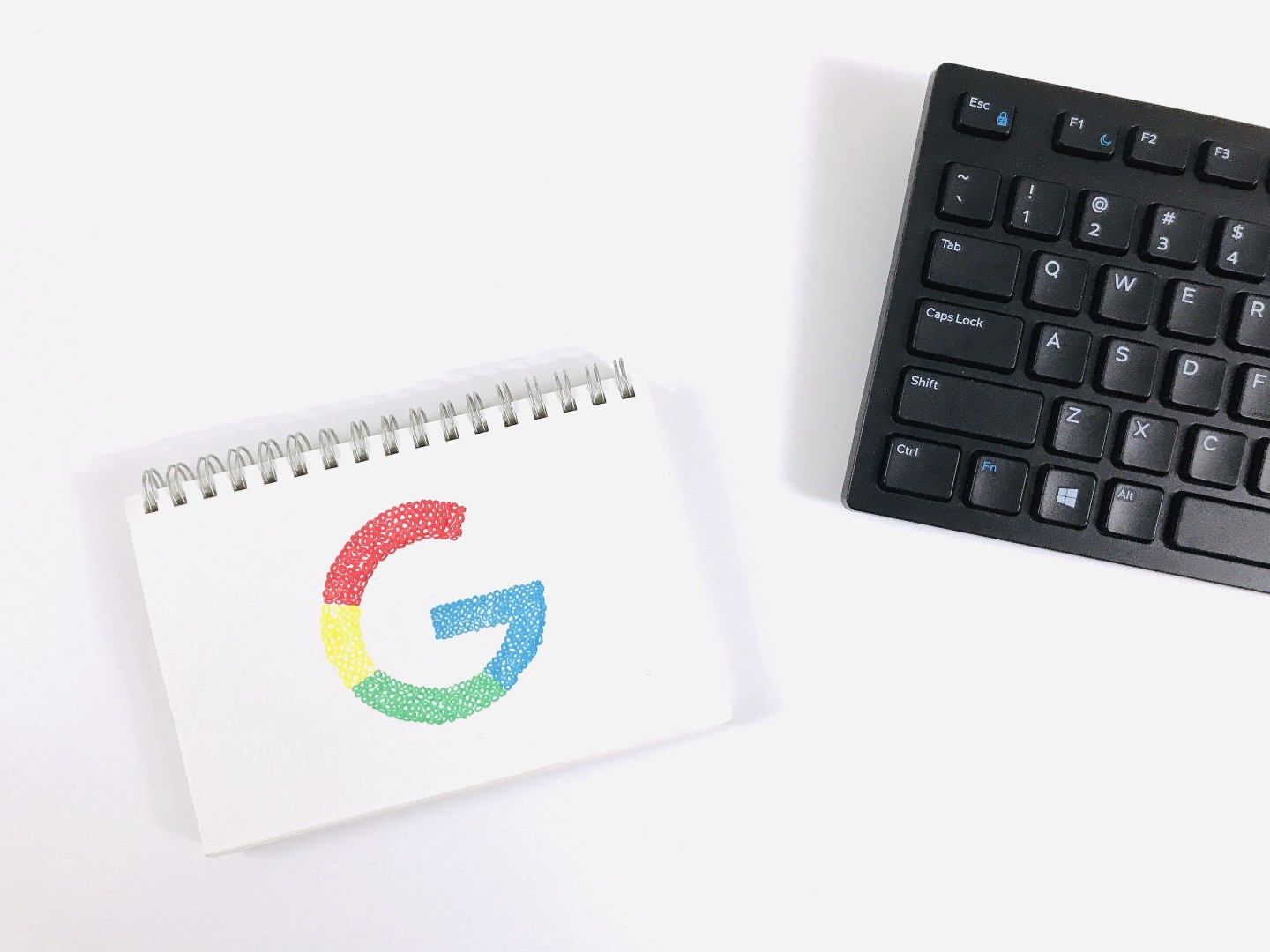How to improve visibility on Google
In such a digitally-focused world, it can be difficult to be seen at times. For businesses trying to stay afloat and keep ahead of their competition, this can be a life-or-death struggle for their brands. Showing up on Google search results and being noticed by customers and potential new customers is critical. But how does a brand improve their visibility on Google and get seen by more people? It is a complex process but an extremely critical one at the same time!
Few tips for increasing your visibility and have better web page ranking on Google Search
There are many things you can do to improve rankings on Google and get noticed easier. But here are 10 ways to make your website more visible that can be done early on to give your brand a boost in rankings:
1. Target your page for the most important niche keywords.
2. Create more pages with unique content to get keywords ranked easier.
3. Get verified on Google My Business to boost ranking results.
4. Use compelling page titles and don’t forget sub headers too.
5. Work with trending bloggers, influencers, and experts.
6. Ensure that only the highest quality content is on your website.
7. Optimize your images with tags and keywords as well.
8. Deliver outstanding customer service and respond to the good AND the bad reviews.
9. Post on social media and engage with customers there.
10. Create content that is easily shareable by using hashtags.
With these steps in mind as a starting point, it can be much easier to start promoting your website and get your brand the attention it needs from Google and potential customers.

How long will it take to get SEO results?
SEO or Search Engine Optimisation is a medium/long-term strategy to acquire traffic on the internet.
The average time it takes for a page of SEO optimised content to rank in the top search results is generally estimated to be between 2 and 4 months. Note that in order to reach the first positions on search engines, it’s not enough to create a page and wait, but to follow the criteria listed in this article.
No one can predict in which position a page end up for a keyword, and even less in how long. SEO is a long-term strategy, and the ideal thing is to continue to create quality content in order to see noticeable results.
Perform keyword research and identify which keywords drive traffic
Keywords are an indispensable chunk of the marketing and promotional campaign that you will need to engage in for your business being successful. Keywords are what get you found on search engine results pages. These words and phrases are what Google uses to pull from a person’s online search to see if your website contains that information. Someone Googles “Dog breeds good with children” and if your website contains those words, phrases, and combinations of those words, it is likely to rank fairly high on the results page for that search. To know what keywords, you should be targeting, these four things need to be done:
1. Find a keyword research tool (SEMrush, Mangools…).
2. Do an online keyword research taking into account the:
- Volume
- Difficulty of the keyword (linked to the competition)
- Search intent
3. Create relevant content related to your keywords.
4. Optimise the content for a perfect “user experience”.
Knowing what people are searching for and how your products, goods, or services can meet those needs will help them find you and hopefully end with a new customer coming onboard. Here are a few other things to consider as you work on honing in on your keyword focus:
– What terms are people searching for?
– How much search volume is being shown for each keyword?
– How many long tail keywords are also being searched?
– What does the Google keyword search tool show?
– How can you create a keyword strategy that is unique for your brand?
SEO Local keywords are a must
Local Search Engine Optimization is the method of improving web search results and online presence for customers who are performing a search related to your business right within your own local area.
Local SEO is a critical part of marketing for brick-and-mortar businesses who are building an online presence because:
- Local online searches are specific. Local customers need service providers and products that are local and easy to get. They often use localized and location-based keywords in their searches.
- Local search can often bring in more traffic. More traffic can mean an increase in customer visits to the company website. Customers looking for a local business are often very close to making a purchase.
- Local searches equate to customers being ready. When people look for local businesses, they have likely been thinking about their needs for a while now. They are ready to purchase.
Local searchers are ready to visit a business and make a purchase. They want to find something quickly and easily to fulfill their needs. Local SEO keywords and optimized pages make this easier.

Create and optimize Google My Business profile
Google My Business (GMB) is a free tool that can be used by business owners to boost their results ranking. It is created by Google and it allows users to create business pages that manages your business online listing. It will boost your visibility across all of the main Google platforms including in Google Search and Maps. Customers can search for local businesses and find useful information such as services, price range, hours of operation, contact information, and basic info about the company or brand.
Since Google My Business was launched in June 2014 it has revolutionized how businesses conduct their marketing and promotions online. Optimizing for GMB is the same as optimizing for web content. Focusing on a few critical keywords and ensuring content is informative, easy to ready, relevant, and focused on the target audience will all help improve listing results and thus boost website traffic.
Improve your page speed
You can increase traffic and boost search results by ensuring your website has a high load speed and low bounce rate. Site speed has an impact on how customers view your site and if they stay on it for long. Site speed is a huge reason why people bounce off of sites. When a site takes a long time to load and has a lot of ads, images, or content that is slow to render in, customers may get frustrated and leave the site- usually heading to a competitor’s page instead.
That is why slow sites typically have a very high bounce rate, while faster sites tend to have a lower bounce rate. Bounce rate and traffic trends can also have an indirect impact on search engine results so it is doubly important to ensure your site is streamlined and easy to load. Several handy online tools and tests exist that can help you check your site speed and bounce rates.
If you do the test on this Google tool, you can consider your site as fast enough if you score above 75/100 on mobile and desktop.
Optimize for mobile devices
Mobile optimization guarantees that mobile guests have a good experience when viewing your website from their mobile device. This approach takes into consideration site design, site structure, page speed and more. If your website is on its way to being optimized for basic search results then taking the extra step to ensuring a mobile-friendly design is critical to maximizing exposure and customer interactions. There are three key things you can do to create a website that is fast and mobile-friendly:
- Responsive Design – cut down on images and graphics and break up text with white space
- Adaptive Website – website that is viewed on a mobile device without excessive scrolling
It does mean more work but, in the end, being optimized for mobile devices is critical!
Optimize for Long-Tail keywords
This is a phrase that gets thrown around a lot when it comes to optimizing web pages and getting better Google results so it is important to understand what they are and how they impact rankings.
– What are Long-Tail keywords? – they essentially are longer key phrases. Instead of using ‘dogs’ or ‘dog breeds’ as the@ keyword, something like ‘kid-friendly dog breeds’ can be used.
– Why do they matter? – with the inclusion of these longer phrases, you can get better conversion rates for and bring in more visitors who searched for all or part of that phrase.
– How to optimize these key phrases? – you can build content around Long-Tail keywords just as you would regular keywords and using both is critical for success within your rankings.
There is a lot to keep up with when it comes to optimizing your website for Google and ensuring a few focused Long-Tail keywords are included is a step in the right direction!
Fix crawl errors
Crawl errors are little known part of the Google search result puzzle and they can have a huge impact on your day-to-day search rankings. They occur when a search engine tries to access something on your website but fails in doing so successfully. To know why this is bad it is important to understand what crawling is and why it is done first. Crawling is what a search engine uses as it tries to visit every page of your website. This is done via a specially designed bot that scans the text and code and content of your website.
A search engine bot finds a link to your website and begins checking all the internal pages and linked content. The bot crawls the pages and indexes all the contents for use in Google. When a bot can access a page, it creates a link that Google can then use to display and access during search queries to see if your page has that searched for phrase or keyword. Your main goal with your website then must be to ensure the search engine bot can successfully access and load every page on your site.
Failing this process returns what we call crawl errors and this has a negative impact on your rankings. Google will automatically put websites with high crawl error rates lower on their results page because it is assumed customers will not be able to access them in the first place. This is why you need to be mindful of crawl errors when managing your website.

Sitemap.xml
The sitemap file allows to facilitate the discovery of URLs, by letting search engines know of all the important URLs that you wish to have indexed.
In this way, it is possible to visualize the hierarchy of the contents and to obtain, for each URL, various information such as the frequency of updates for example. You can also see which pages are the most important.
Thus, we recommend that you submit a sitemap directly to Google Search Console.
Robots.txt
The robots.txt file is used to tell search engines what they should and should not search, whether it is single pages or entire directories on the website. If this file is not created or if it is not used properly, search engines may have difficulty discovering parts of your website.
It is important to analyze the robots.txt file to:
– Ensure that nothing important is blocked and, if so, recommend the removal of the directive in question.
– Check sitemaps. They should be named to make it easier to find URLs.
– Check for possible crawl problems. Maybe Googlebot is not allowed to see as much as Bingbot. Further investigation would be needed to find out exactly what is allowed and why. This could have an impact on organic traffic.

Optimize your SEO Title, URLs, meta descriptions, H1, H2, etc.…
Would you read a book or article that was just a wall of text with no titles, chapters, space breaks, or outline? You might love the story and want to read it, but you would likely find it very difficult and confusing to do so. The same general concept applies as well to how a website needs to have its content laid out and broken up. A site that lacks H1 and H2 headers and titles is like a book that is just page after page of end-to-end text. The content still remains, and it may be very informative and useful information. However, because of how it is laid out, it becomes significantly more difficult to navigate.
Readers want to scan and glean information. It is rare for a visitor to sit and spend 10-15 minutes reading a long-winded blog or web page. The average first time visitor to a webpage will spend about 10-30 seconds only to scan a web page to get a feel for whether it has the information they want or not. If there’s no H1 and H2 text, no headers and breakdowns, if there are long blocks of text they have to read and cannot scan, it’s likely that they’ll lose patience and leave. This can impact bounce rates, user interactions, crawl errors and more. So, this is why it is important to pay attention to headers and site content layout- search engines use this text to designated keywords to rank for and how high it should rank as well. So, don’t overlook these header tags and styles.
To summarize, your H1 tag must meet the following criteria:
– It must contain the main keyword of the page
– It must not exceed 100 characters
– It must be original and unique
Build quality backlinks
The final tip for boosting search engine result rankings is the quality and use of backlinks.
A backlink essentially is a link that appears on one site that directs readers to another website. It is much like an academic reference that would work the same as a citation- it tells the reader “hey I am telling you this and here is someone else who says the same thing and confirms what I am telling you”. If another blog or website includes a link to your site, then you have a backlink from them. If you include a link to another site then they have a backlink from you. It may seem counter productive to link to someplace other than your own site but linking to reputable sites like .gov, .edu, and .net can help add credence and credibility to your brand!
Link building techniques that can be helpful for getting backlinks include:
- Create link round-up posts that highlight top tens and popular sites.
- Give interviews to others in the industry and link to your page.
- Guest blogging is still a thing and can help brands network and collaborate.
- Connect with clients who have their own company web pages and blogs.
- Post professional reviews, case studies, current news, and industry statistics.
- Keep an eye on your competitors and see if there are ways to share the audience.
- Connect with experts and your customers as well through social media
For businesses trying to stay afloat and keep ahead of their competition, this can be a life-or-death struggle for their brands. Showing up on Google search results and being noticed by customers and potential new customers is critical. With these tips in mind, you can be better prepared to maximize your impact and secure those rankings!


